Alden's Hotel and Restaurant on Blake Street boasted how their tables were "spread with the best the market affords"—including game, fish, oysters, and ice cream (which was "kept constantly on hand").
Today, in an era of modern refrigeration, storing ice cream is no major feat. However, in 1860, ice was all one could use to keep perishables cold. Ice was easy to come by during a typical Colorado winter—but how was J. R. Alden procuring enough ice in September to make ice cream a staple on his restaurant's menu?
Alden likely had Denver's first ice house to thank.
Ice houses were thick-walled buildings that stored large blocks of ice harvested from freshwater lakes, rivers, and ponds during the winter months. Ice blocks were usually insulated with sawdust or straw to delay melt.
On January 11, 1860, the Rocky Mountain News wrote of a gentleman, who had experience in the ice trade back East, completing an ice house "on the margin of the lake in the upper part of Auraria." (Auraria was incorporated into Denver in early April 1860.)
By February 8, 1860, the Rocky Mountain News described the location of the new ice house in Auraria:
Farther toward the river on the margin of "Crystal Lake," is the large ice house of Mr. Kershaw, long of the Knickerbocker Ice Company of New York...It will soon be filled with superior ice cut by Yankee plows, raised by machinery, and packed in regular down-East style.
Where exactly was Crystal Lake?
The 1887 Robinson's Atlas for the City of Denver shows several ice houses lining the banks of a lake-like inlet next to the South Platte River. This may have been where Kershaw constructed his original ice house.
The Rocky Mountain News provided an update on the ice house's progress on February 22, 1860, reporting that "..with twelve hands, and two horses they are putting up near two hundred tons per day."
Kershaw's ice house had over a 1,000-ton capacity. Each ice block, cut with a horse-drawn ice plow, was sized 22 x 36 inches and ranged from 8 to 12 inches thick. The ice blocks were stored in layers. While many ice houses used straw to insulate the layers of ice, Kershaw claimed to use broken bits of ice. The ice house itself was well-insulated; it had "double walls twelve inches apart, the intervening space being filled with saw dust."
By the end of May 1860, the Crystal Lake Ice Company was open for business and advertising in the Rocky Mountain News Weekly.
But things weren't going smoothly for the company; theft had become a problem. Below the Company's ad ran a plea:
$100 Reward
We will pay the above reward for the detection of the person or person that are in the habit of breaking into our ice house on the bank of the lake above town. -Kershaw & Co.
On Christmas Eve 1861, Kershaw's ice house burned to the ground at around 10 p.m. (the sawdust insulation in the walls was problematic). Losses were estimated to total between $2000 and $3000.
By late February 1862, the ice house was being rebuilt. And in a gesture that seemed to foresee the city's growth, the new building was made twice the size of the old one—ensuring that ice cream in Denver could truly be "kept constantly on hand."

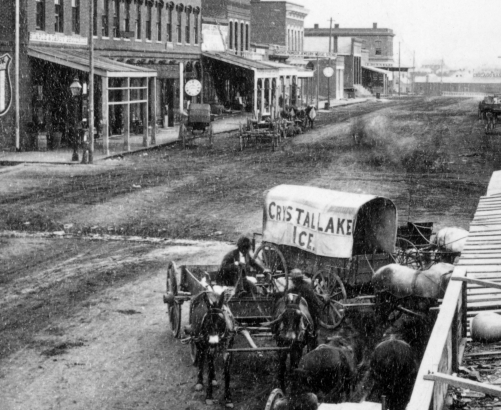
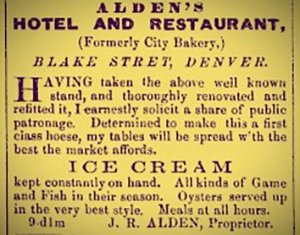
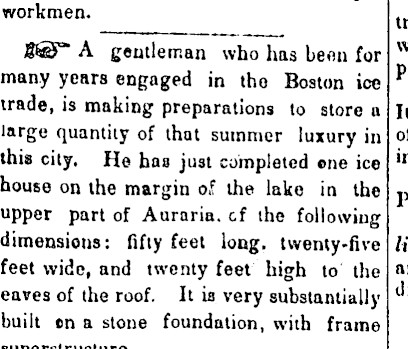
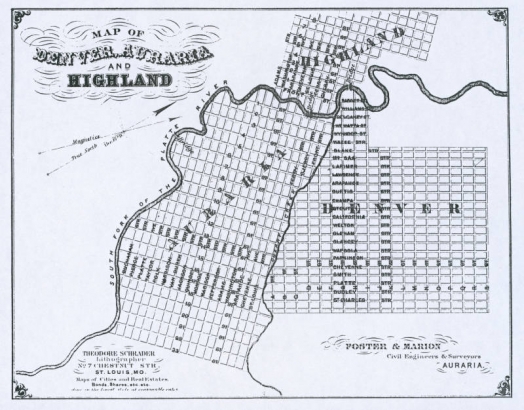
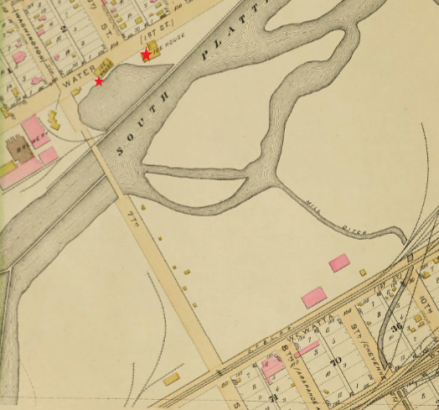
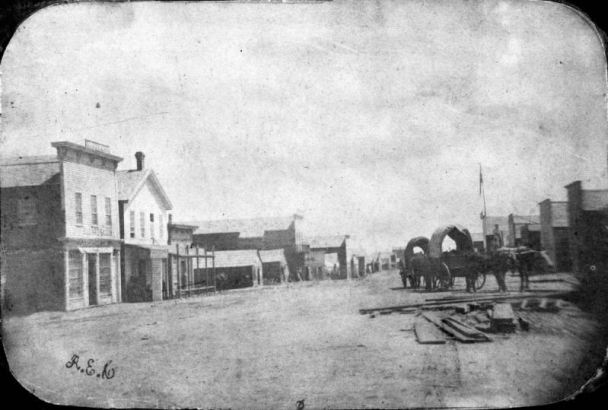

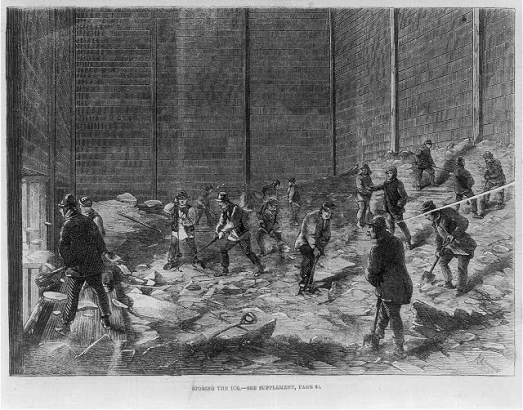

Comments
A fine bit of Denver history.
A fine bit of Denver history. Thank you.
Thanks for reading, Thomas!
Thanks for reading, Thomas!
So much interesting
So much interesting historical background to our booming metropolis. Thanks Katie. Rest assured I've been eating more than my share of ice cream during our little heat wave.
Haha, Peter! I think we all
Haha, Peter! I think we all have:) Thanks for reading!
Hello...Thank you for a
Hello...Thank you for a interesting article...Love reading stores about early Denver and have wondered how they kept ice cold back in the early days...Thank you again..
Glad you enjoyed it, Rachelle
Glad you enjoyed it, Rachelle! Thanks for reading and commenting!
This warrants a follow-up on
This warrants a follow-up on historic Denver ice cream shops (and maybe a little taste-test research!). Thanks for this interesting reminder of how much kitchen technology has changed our lives.
This warrants a follow-up on
This warrants a follow-up on historic Denver ice cream shops (and maybe a little taste-test research!). Thanks for this interesting reminder of how much kitchen technology has changed our lives.
Always interesting to see
Always interesting to see these peculiar windows of history that can be forgotten in the modern world of convenience.
Use. To live there in the 80s
Use. To live there in the 80s,while still a private property owned by the cooks,beautiful property till it was developed& ruined!!!
Add new comment